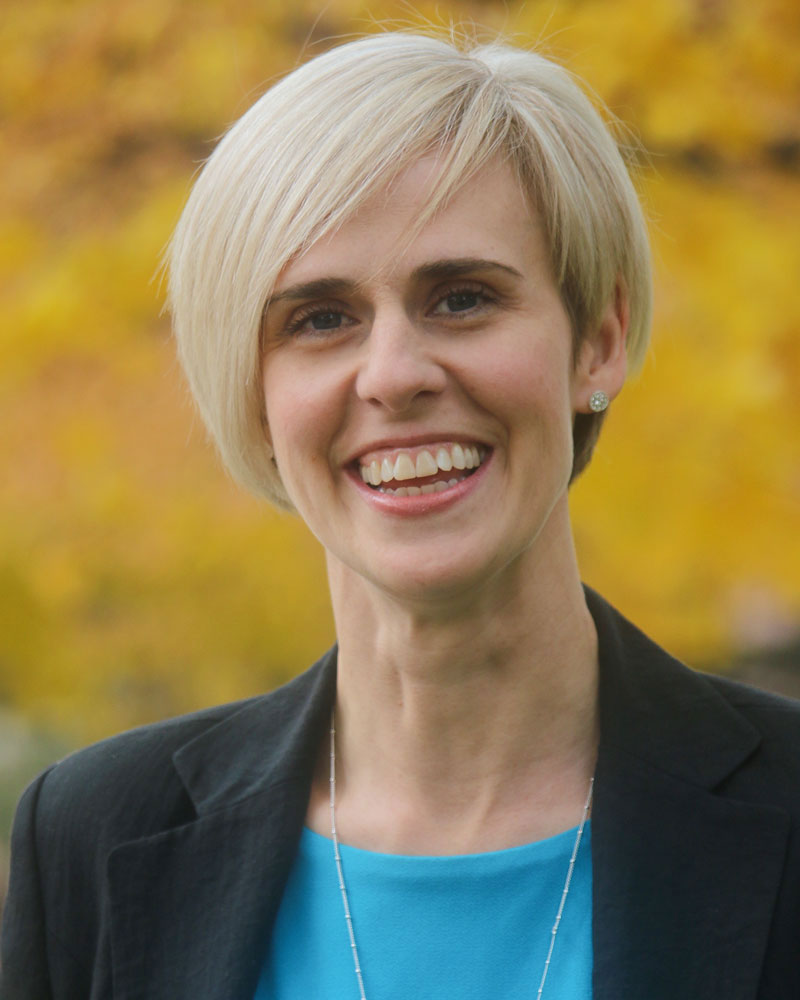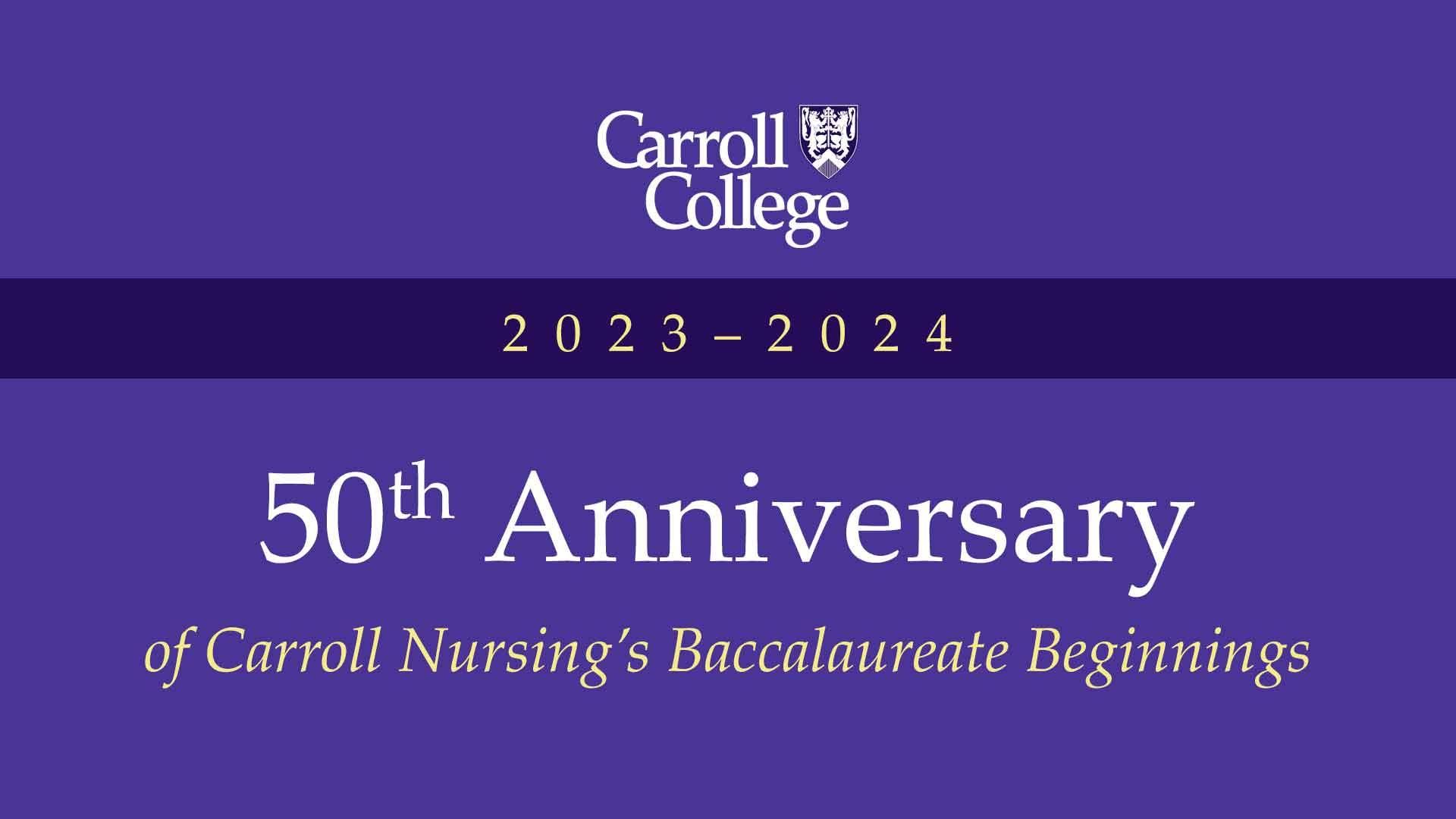Joys and Challenges of Nursing 2023
Perspectives from a Nurse Educator
 Can you remember why you wanted to be a nurse? Every fall, I ask the newest students to the nursing program in the Fundamentals of Nursing course why they want to be a nurse. Their inspirational responses fill me with hope for our profession and the world. The majority reflects an altruistic spirit—these aspiring nurses want to ease suffering, make a difference during a health challenge, be compassionate listeners when a patient receives difficult news, or be part of welcoming a new baby into the world. Many students have been patients and have felt the impact that a nurse can have. Or, they have family members who are nurses and want to follow in their footsteps to do meaningful work.
Can you remember why you wanted to be a nurse? Every fall, I ask the newest students to the nursing program in the Fundamentals of Nursing course why they want to be a nurse. Their inspirational responses fill me with hope for our profession and the world. The majority reflects an altruistic spirit—these aspiring nurses want to ease suffering, make a difference during a health challenge, be compassionate listeners when a patient receives difficult news, or be part of welcoming a new baby into the world. Many students have been patients and have felt the impact that a nurse can have. Or, they have family members who are nurses and want to follow in their footsteps to do meaningful work.
To be surrounded by people who want to do good and who desire to help others is one of the many reasons I love my job! Being surrounded by those who want to help others in big and small ways is inspiring. This altruistic spirit is not new; it has been a common trait for nurses since the beginning of nursing. I would guess that many of you felt called to nursing and shared this desire to help others and have, in turn, felt the joy and satisfaction that comes when we can care well for another person. This is just one of the joys of being a nurse.
Along with many beautiful, inspiring, and intimate joys, there will always be challenges. The nursing workforce shortage is the most significant challenge affecting the nursing profession today. The American Association of Colleges of Nurses states that there are 4.2 million registered nurses in the United States, 84.1% of these are employed in nursing (AACN, 2023). According to the US Bureau of Statistics, 40% of registered nurses in 2021 were older than 50, with 1 million nurses estimated to retire by 2030 (US Bureau, 2021). This dramatic change in the workforce due to retiring nurses has been long anticipated. What was not expected was a global pandemic. Over 100,000 nurses have left the profession since 2020, given the stress, moral distress, and burnout experienced during the COVID-19 pandemic (US News, 2023). “From the beginning of the pandemic through 2027, the Council of State Boards of Nursing survey projects about 900,000 nurses will exit the industry. In other words, nearly 1 in 5 of the nation’s 4.5 million registered nurses plan to leave” (US News, 2023). Given these retirement and retention issues, we have a supply and demand issue, and the demand is significant! Nursing programs must prepare over 200,000 nurses per year for the next decade to meet the shortage. There are 844 BSN programs in the United States which prepare 155,000 RN graduates per year. Currently, the supply cannot meet the demand.
Furthermore, the issue is not that people are not interested in becoming nurses; we do not have nursing faculty to support all those interested. Depending upon where you apply, the wait time for starting a nursing program could be one to four semesters. (Thankfully, Carroll doesn’t typically have a waitlist – tell your friends who might be interested in becoming a nurse!) “According to a Special Survey on Vacant Faculty Positions released by AACN in October 2022, a total of 2,166 full-time faculty vacancies were identified in a survey of 909 nursing schools with baccalaureate and/or graduate programs across the country” (AACN, 2022). The practical reality that nursing faculty can make more in the clinical setting compared to the academic setting is a genuine consideration. The benefit-cost ratio is problematic when thinking about incurring debt to obtain advanced degrees but knowing the compensation will be less as an educator than what could be made in the clinical setting. This is only one factor that may influence nurses considering the nurse educator path. (To plug the nurse educator role a minute, I would say there are many pros to being a nurse educator that make it a highly rewarding option, such as forming relationships with students, being a life-long learner, and being able to shape the future of nursing, just to name a few). Equally problematic as the nursing faculty shortage, in 2021, there was a slight decline in applicants to nursing programs. This is a concerning statistic that could potentiate the supply issue. The nursing shortage and retention are two significant challenges nursing faces today. Though it is easy to feel overwhelmed by these challenges, challenges are opportunities to be reflective and creative, which can invoke a coming together to promote positive change.
This past semester I had a student ask one of the nurse guest speakers, “Can you give an example of a time that you felt privileged to be a nurse and/or what brings you joy as a nurse?” This struck me; the student sincerely wanted to know what the positive side of nursing was, and it made me realize that much of what they hear are the challenges or difficulties of being a nurse in today’s healthcare setting. As an educator, it is crucial to speak to the challenges the students will face and share the joys equally. Our job is to prepare them for the realities, to help them see the challenges as opportunities to create change, be creative, and work diligently for a good cause. I am inspired and privileged to be part of helping students rise to meet the challenges and to help them savor the many joys of this worthwhile profession.
Janet O’Leary Johnson, MSN, RN, CNE
Assistant Nursing Professor

